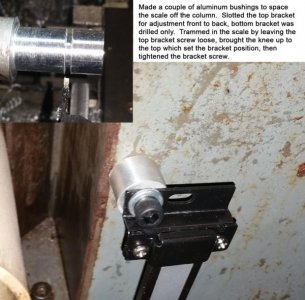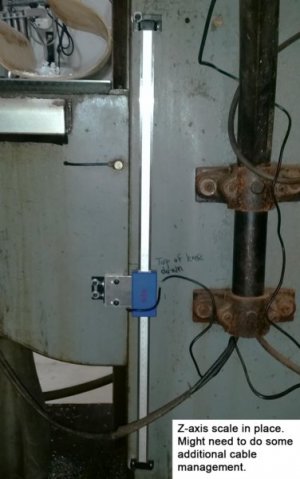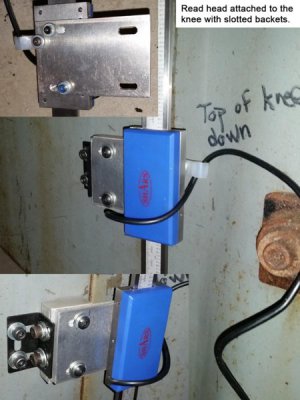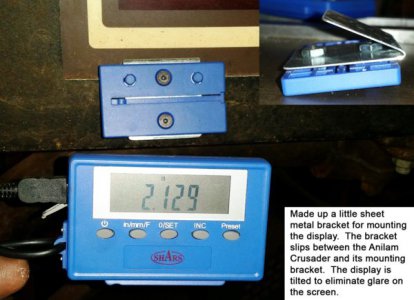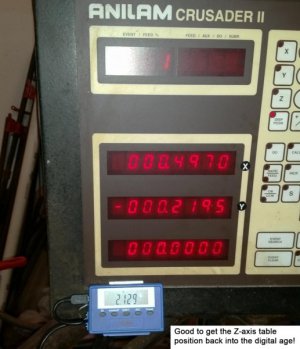Hey Frank, cool. Tyvek really isn't a water shield, it's technically a vapor barrier. If you want a water shield now a days they have some real nice product that comes in roll and has a rubber membrane on one side and a really good rubber sticking side. Its used in masonry applications. I might spring for a 50' roll for the bottom 36" of my wall. I am going to place a stone detail there. Give the place a nice dressing up. I grew up as a carpenter, 40 years, learned a ton from my dad... tar paper is a decent product, especially 20 to 30 lbs felt, the 15lbs rolls not so much, but as is the case for many things, there are better products now. I am constantly trying to figure out what I am missing. Things change fast now a days, and all the stuff I grew up using, many do not even apply anymore. Plus, for the last 30 years most of the buildings I have been doing are either 30-50 story skyscrapers in Manhattan, Atlantic city, or philly or casinos... so I am always playing catchup when I do some resendential work


It's a pain In the butt job, but kinda fun too, I'm fixing a ton of really ugly stuff, and getting to design something, as well as protecting my machines and shop

Sorry if I ramble, the young guys at work get a kick outta it anyway...
Rich
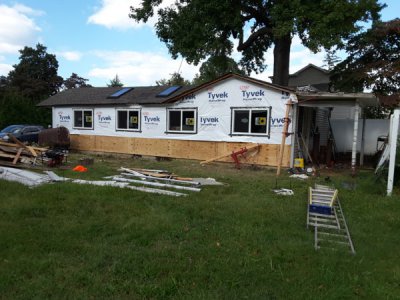




 that's 45 feet... yippie!!!
that's 45 feet... yippie!!!